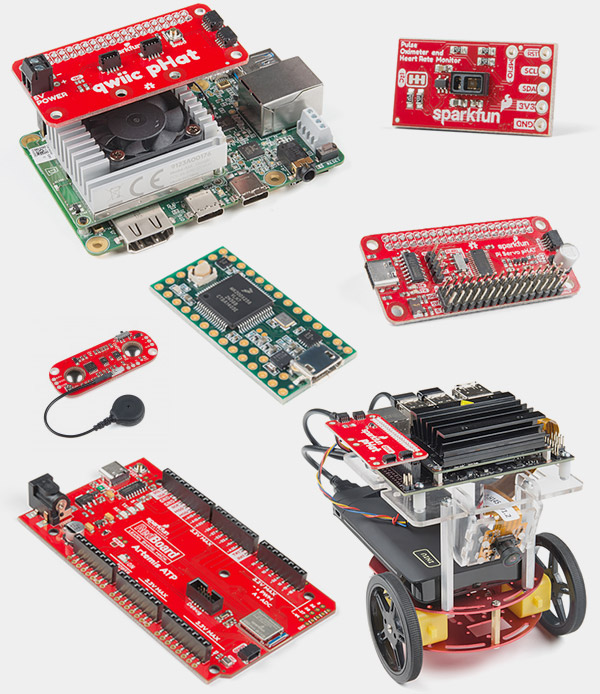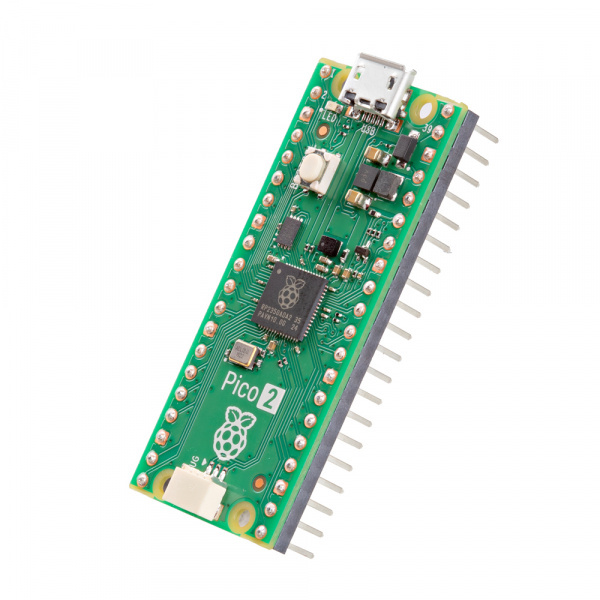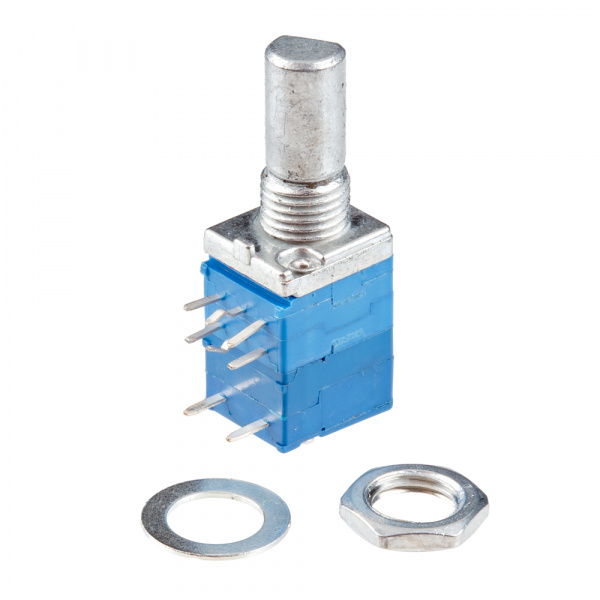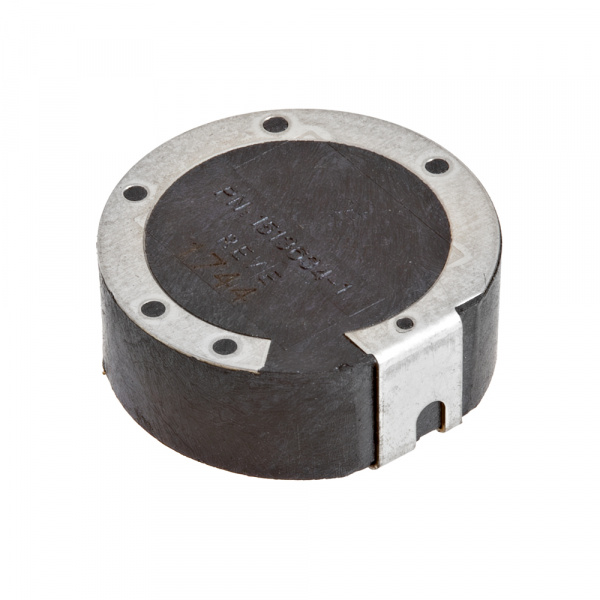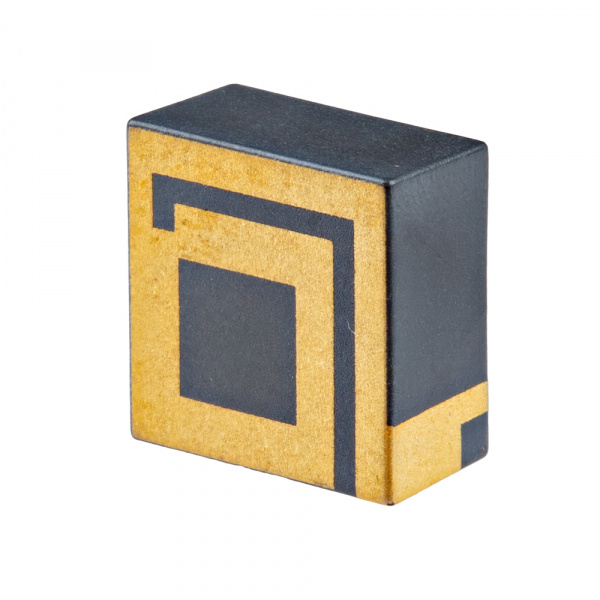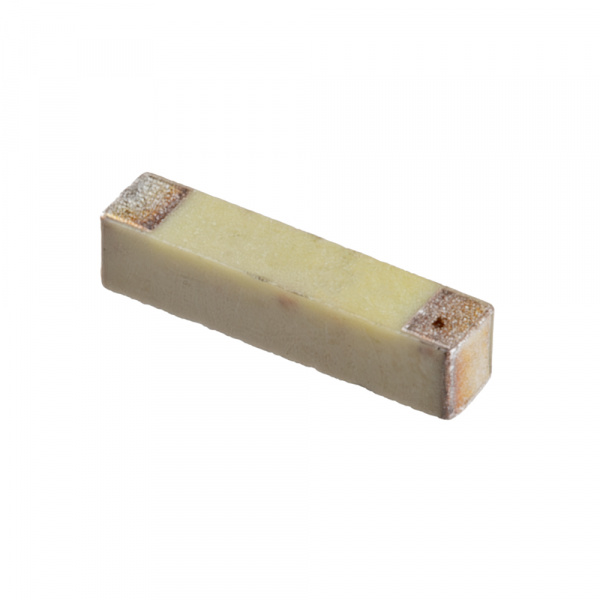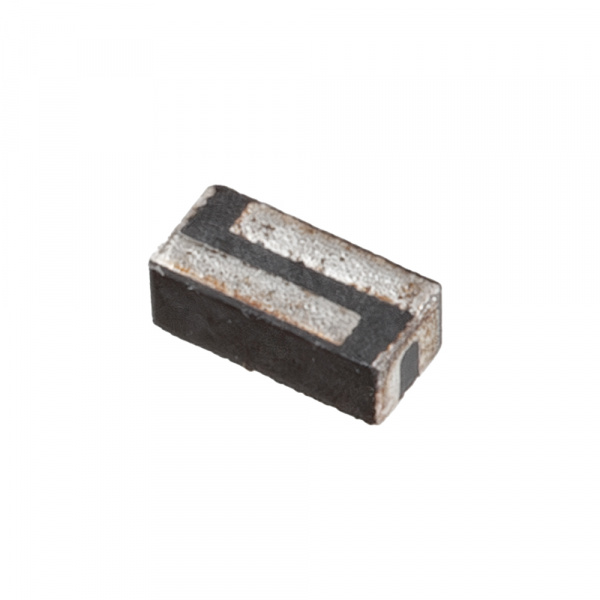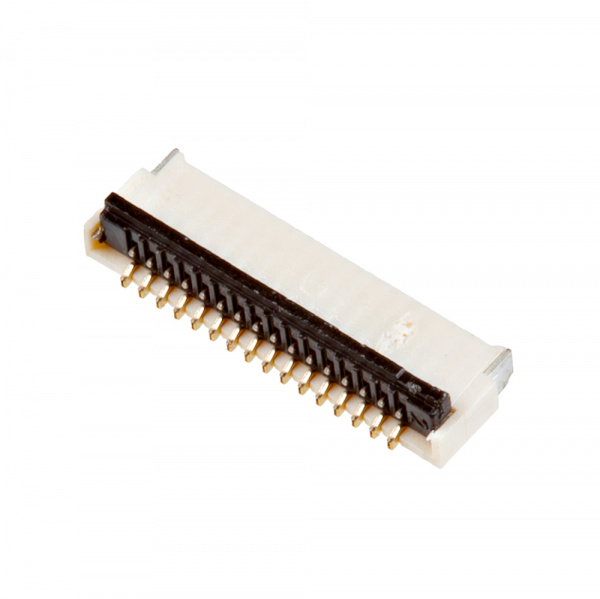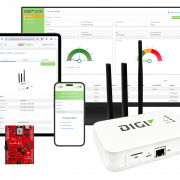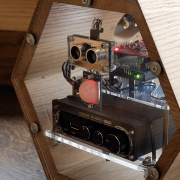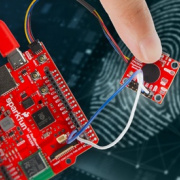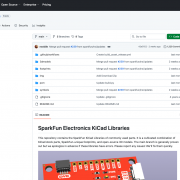It's a Whole New Spectrum of Fun: Meet the SparkFun AS7343 Qwiic Sensor!
The new SparkFun Spectral Sensor - AS7343 (Qwiic) is now available with two new Raspberry Pi Pico boards and more!
Hello everyone and welcome back to another Friday Product Post here at SparkFun Electronics! We have a HUGE week this week and we are going to start off with the new SparkFun AS7343 Qwiic Spectral Sensor, a new 14-channel NIR and visible spectrum board that enables users to measure light easily! Following that we have two new Raspberry Pi Pico 2's, each with headers and available in wireless and non-wireless options. We wrap the day with a new Dual-Ganged Potentiometer with Rotary Switch and ceramic antennas. Alright, let's jump in and take a closer look at all of this week's new products!
The SparkFun AS7343 Qwiic Spectral Sensor enables users to measure light in both the visible spectrum (VIS) and near-infrared (NIR) ranges, all on a single IC in a compact package. The AS7343 exhibits exceptional sensitivity across its sensing spectrum (~380nm to 1000nm) and operates reliably in low-light environments, including when measuring through tinted glass. It works well for measuring reflected, emitted, and transmitted light, making it an excellent solution for spectroscopy applications, such as color matching, spectral signature analysis, and more.
The Raspberry Pi Pico 2 series of microcontroller (available both with and without wireless capabilities) boards is built on RP2350: a high-performance, secure microcontroller. With a higher core clock speed, double the on-chip SRAM, double the on-board flash memory, more powerful Arm cores, optional RISC-V cores, new security features, and upgraded interfacing capabilities than the previous version. These variations of the Pico 2 come with headers pre-soldered to the board. Making things like breadboarding much easier.
An adjustable potentiometer can open up many interesting user interfaces. Turn the pot and the resistance changes. Connect VCC to an outer pin, GND to the other, and the center pin will have a voltage that varies from 0 to VCC depending on the rotation of the pot. Hook the center pin to an ADC on a microcontroller and get a variable input from the user!
This surface mount GPS puck antenna has a 16mm diameter and 6.05mm height. It has a frequenct range of 1565MHz ~ 1585MHz. Small form factor enables use in virtually any wireless device.
This is another surface mount cube GPS antenna from Molex. It has a frequency range of 1.556GHz ~ 1.607GHz.
The W3062A is a low profile ceramic chip antenna from Pulse Electronics. It sports a frequency range of 1.565 ~ 1.585GHz. It is low-profile, fully SMD compatible, and weighs in at only 86mg!
This is a small 3x5x4mm surface mount molded GPS antenna from Molex. It has a frequency range of 1561 - 1602 MHz. It offers superior signal processing and ground-independence over a wide range of navigation and tracking applications.
This final low-profile ceramic chip GPS antenna from Molex has a frequency range of 1.561GHz ~ 1.602GHz and is one of the smallest options we have in our catalog!
Zener diodes are semiconductor devices that allow current to flow in both directions but specialize in current flowing in reverse. This diode is rated at 3.6V with 200mW.
Finally this week, this is a 16-pin surface mount dual contact 0.5mm pitch ZIF FPC connector.
That's it for this week at SparkFun. As always, we can't wait to see what you make! Shoot us a tweet @sparkfun, or let us know on Instagram, Facebook or LinkedIn. Please be safe out there, be kind to one another! Happy hacking!
